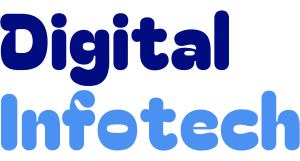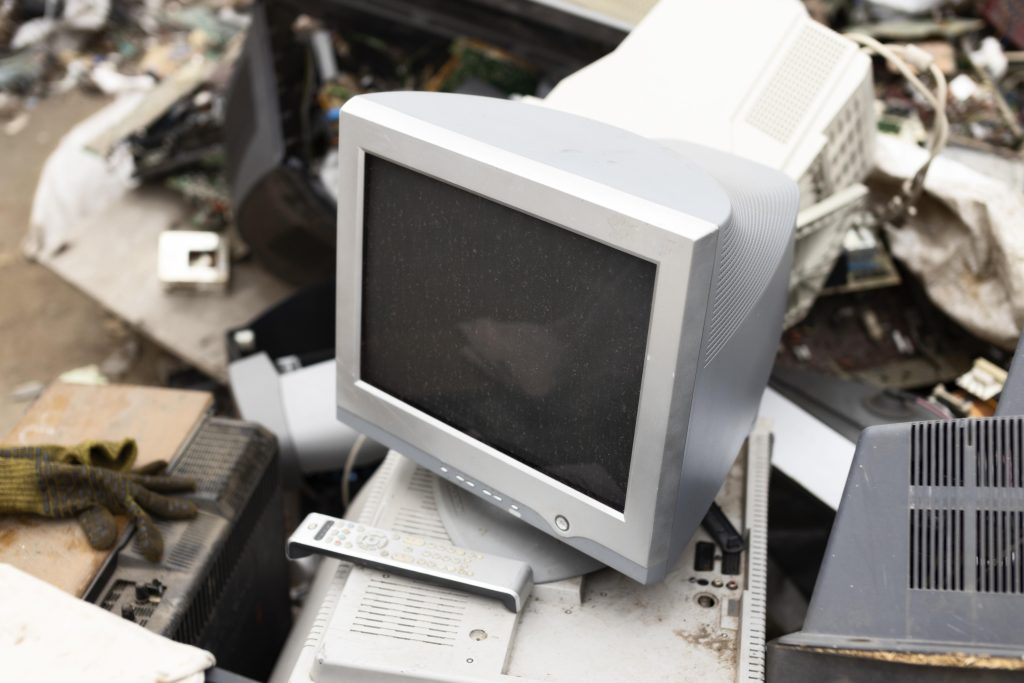ITAD: IT Asset Disposition

Designed by www.freepik.com
Table of Contents
The digital age has transformed how businesses operate, but with constant technological upgrades, companies are left wondering: what do you do with outdated IT assets? That’s where ITAD (IT Asset Disposition) comes into play. ITAD ensures businesses can manage old devices responsibly, securely, and efficiently. This guide explores the key concepts, benefits, and processes of ITAD to help businesses make smarter decisions about their IT lifecycle.
What is ITAD?
ITAD refers to the comprehensive process of managing obsolete IT equipment. It involves securely erasing data, recycling or repurposing devices, and ensuring compliance with environmental and legal standards. Whether it’s servers, computers, or mobile devices, ITAD ensures IT assets are handled responsibly.
But it’s not just about getting rid of old tech—it’s about minimizing environmental impact and safeguarding sensitive business data.
Why is ITAD Important?
In a world where technology evolves faster than ever, the importance of ITAD cannot be overstated. Consider these key reasons:
1. Data Security
Old IT assets often carry sensitive business or personal data. Without proper data destruction, businesses risk data breaches that could lead to financial loss and reputational damage. ITAD ensures that all data is securely wiped or destroyed before disposal.
2. Environmental Responsibility
E-waste contributes to toxic landfill materials that harm the planet. Through recycling and repurposing, ITAD reduces the environmental footprint of outdated IT equipment.
3. Compliance
Governments and industries have strict regulations regarding e-waste and data privacy, such as GDPR in Europe or HIPAA in healthcare. ITAD ensures businesses stay compliant and avoid legal penalties.
How ITAD Benefits Businesses
ITAD isn’t just a disposal solution—it’s a business strategy that offers multiple benefits:
1. Cost Savings and ROI
Many old IT assets still hold value. Through resale or refurbishment, companies can recoup costs and generate additional revenue. ITAD transforms waste into financial opportunities.
2. Improved Brand Reputation
Consumers and partners appreciate environmentally and socially responsible businesses. By adopting ITAD, companies can position themselves as eco-conscious and trustworthy.
3. Simplified IT Management
A structured ITAD program streamlines the process of retiring and replacing IT assets, freeing up valuable time and resources for IT teams.
The ITAD Process: Step-by-Step
To fully understand ITAD, let’s break down the process into manageable steps:
1. Asset Evaluation
The first step is assessing the IT assets to determine their condition and potential value. Are they still functional? Can they be resold, refurbished, or recycled?
2. Data Destruction
Data security is a critical part of ITAD. Certified methods such as data wiping, degaussing, or physical destruction are employed to ensure that no sensitive data is recoverable.
3. Recycling and Repurposing
Functional components of IT devices are repurposed for reuse, while non-functional materials are sent for eco-friendly recycling. This minimizes waste and supports sustainability efforts.
4. Reporting and Certification
Once the ITAD process is complete, businesses receive detailed reports and certifications verifying compliance with data privacy and environmental regulations.
Choosing the Right ITAD Provider
Partnering with the right ITAD provider can make or break your ITAD strategy. Here’s what to look for:
1. Certifications
Ensure the provider has certifications like R2 (Responsible Recycling) or e-Stewards, which guarantee ethical and environmentally responsible practices.
2. Experience and Track Record
Look for providers with proven expertise and a strong reputation in the industry. A reliable provider will have transparent processes and positive customer feedback.
3. Comprehensive Services
An ideal ITAD provider will handle everything—from logistics and data destruction to recycling and reporting—so you can focus on your core business operations.
Challenges in ITAD
Even with the best intentions, businesses often face challenges when implementing ITAD:
1. Logistics
Coordinating the secure transport of IT assets, especially across multiple locations, can be complicated. Reliable ITAD providers offer end-to-end logistics services to simplify this process.
2. Awareness Gaps
Many businesses don’t fully understand the risks of improper IT disposal or the benefits of ITAD. Awareness campaigns and training are essential to bridge this gap.
ITAD and Sustainability
One of the most significant contributions of ITAD is its role in promoting sustainability.
1. Reducing E-Waste
E-waste is a growing global problem. ITAD ensures that IT equipment is responsibly recycled or repurposed, reducing the amount of waste sent to landfills.
2. Supporting a Circular Economy
By refurbishing and reselling IT assets, ITAD extends the lifecycle of devices, reducing the need for new manufacturing. This not only conserves resources but also lowers carbon emissions.
Emerging Trends in ITAD
The world of ITAD is constantly evolving, with new technologies and approaches transforming how businesses manage their assets.
1. AI and Automation
Automation is playing a key role in improving the efficiency of ITAD processes, from asset tracking to data destruction.
2. Cloud-Based Solutions
Cloud-based platforms are revolutionizing IT asset tracking, offering businesses real-time visibility into their ITAD operations.
Case Studies: ITAD Success Stories
Real-world examples highlight the transformative power of ITAD:
- Digital Infotech: ITAD program emphasizes sustainability by recycling millions of pounds of IT assets annually, contributing to their goal of zero waste.
- Small Businesses: Even smaller companies have benefited by recovering value from old IT equipment and achieving compliance with data privacy laws.
Conclusion
ITAD is more than just a way to dispose of old IT equipment—it’s a forward-thinking strategy that combines security, sustainability, and cost efficiency. By integrating ITAD into their operations, businesses can protect sensitive data, minimize environmental impact, and even unlock new revenue streams.
Whether you’re a small business or a global corporation, ITAD is a crucial part of responsible IT management. As technology continues to evolve, ITAD will play an even more vital role in shaping a sustainable and secure digital future.
FAQs About ITAD
- What does ITAD stand for?
ITAD stands for IT Asset Disposition, a process for managing the disposal of outdated IT equipment responsibly. - How is ITAD different from regular recycling?
ITAD includes data destruction, asset valuation, and compliance with legal standards, while traditional recycling focuses primarily on waste disposal. - Can ITAD generate revenue?
Yes, businesses can resell or repurpose old IT assets to recover costs and even earn profits. - Is ITAD only for large companies?
No, ITAD services are beneficial for organizations of all sizes, including small and medium enterprises. - How do I start with ITAD?
Begin by auditing your IT assets and partnering with a certified ITAD provider to handle the process.

Contact Us
-
Info@digital-infotech.com
We would love to hear from you.
Feel free to reach out using the below details.


- Address: 31N Gould St R, Sheridan WY, USA 82801
- Hours: Mon-Fri 9:00AM – 5:00PM
- Info@digital-infotech.com
